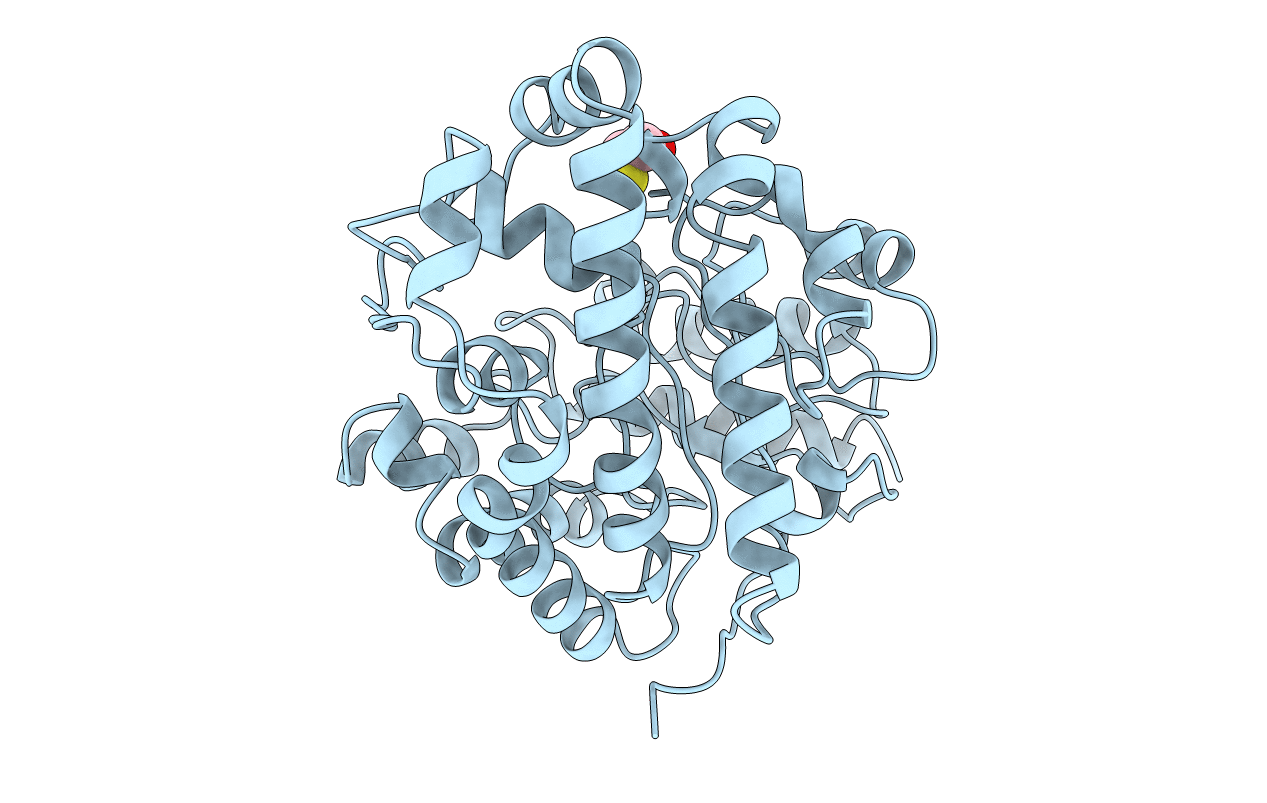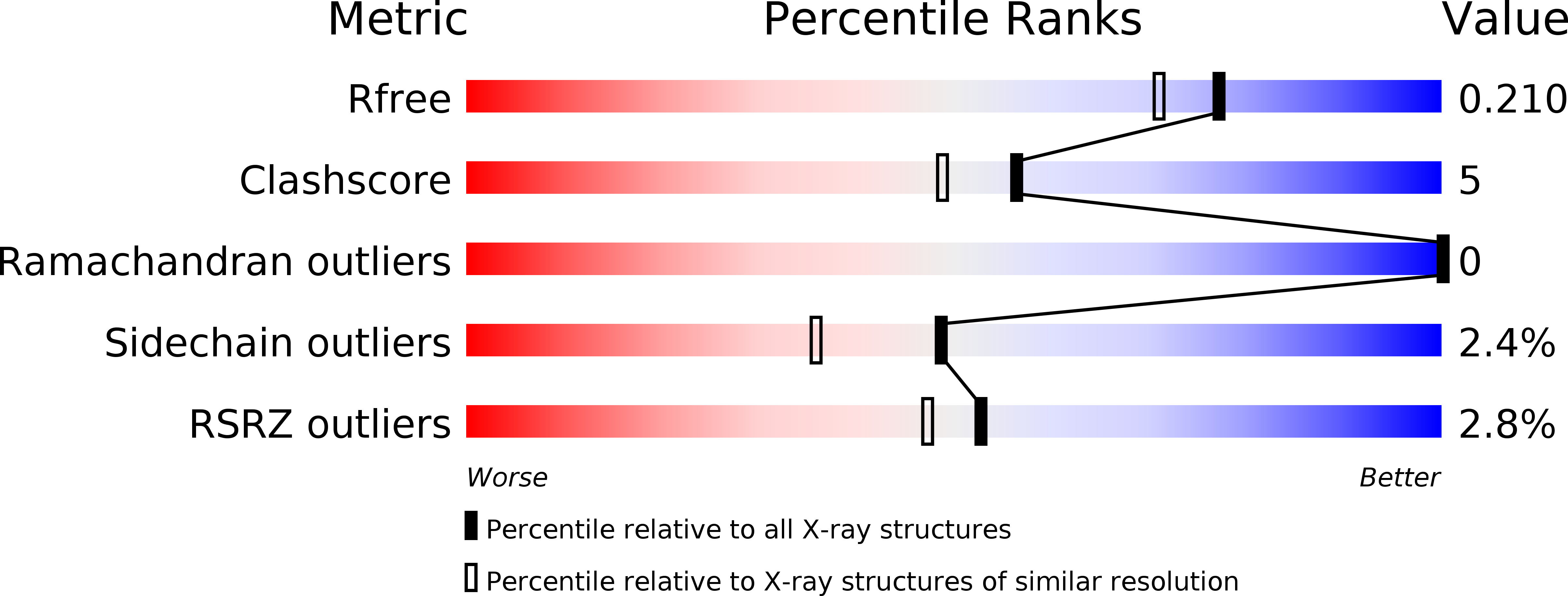
Deposition Date
1998-08-21
Release Date
1998-08-26
Last Version Date
2024-02-14
Method Details:
Experimental Method:
Resolution:
1.80 Å
R-Value Free:
0.23
R-Value Work:
0.18
R-Value Observed:
0.18
Space Group:
P 31 2 1


